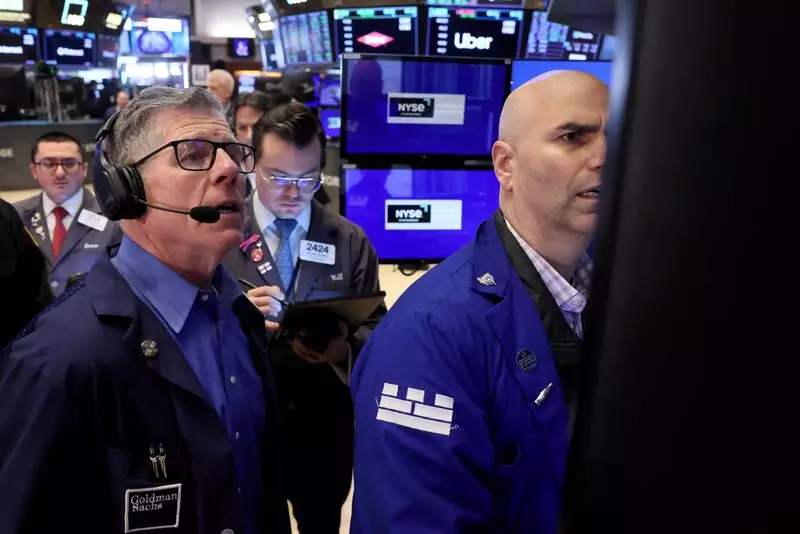Despite the stronger-than-expected U.S. jobs data pointing to a robust economy, Wall Street experienced choppy trading on Friday. The U.S. economy generated approximately 272,000 jobs in May, surpassing the 185,000 forecasted by analysts. This led the benchmark S&P 500 to initially slip after the report, while U.S. Treasury yields climbed as traders reduced bets on a September rate cut. However, the index eventually recovered and briefly hit a fresh intraday record high as investors recognized the underlying economic health. While financials and technology stocks advanced, utilities, materials, and communication services stocks lagged behind.
Impact on Market Sentiment
The release of the U.S. jobs data and the subsequent reactions in the market have shaped investor sentiment. There is now a 56% chance of a rate reduction in September, according to the CME’s FedWatch tool. Investors are eagerly awaiting U.S. inflation data and the outcomes of the Federal Reserve’s two-day policy meeting scheduled to end on June 12. While there is no expectation for a rate cut next week, the possibility of a reduction in September remains a topic of interest among market participants.
The Dow Jones Industrial Average fell by 0.22%, the S&P 500 lost 0.11%, while the Nasdaq Composite declined by 0.23%. Notable movements in individual stocks included GameStop slumping by 39% following announcements of a potential stock offering and a drop in quarterly sales. Other meme stocks like AMC Entertainment and Koss Corp also saw declines. Nvidia slipped further, potentially extending previous losses, with Lyft shares being a rare gainer as it forecasted 15% annual growth in gross bookings through 2027.
Overall, declining issues outnumbered advancers on both the NYSE and the Nasdaq, with a higher ratio on the Nasdaq. The S&P 500 posted new 52-week highs and lows, with a similar trend seen in the Nasdaq Composite. The total volume of shares traded across U.S. exchanges was lower than the 20-day average, indicating possible caution among investors.
The impact of the stronger-than-expected U.S. jobs data on Wall Street stocks was evident in the choppy trading session on Friday. While the market initially reacted to the report by reducing expectations of a September rate cut, the underlying economic health provided some reassurance to investors. The upcoming U.S. inflation data and the Federal Reserve meeting will likely guide market sentiment in the coming weeks. It is crucial for investors to monitor these developments closely to make informed decisions in the ever-changing market environment.

